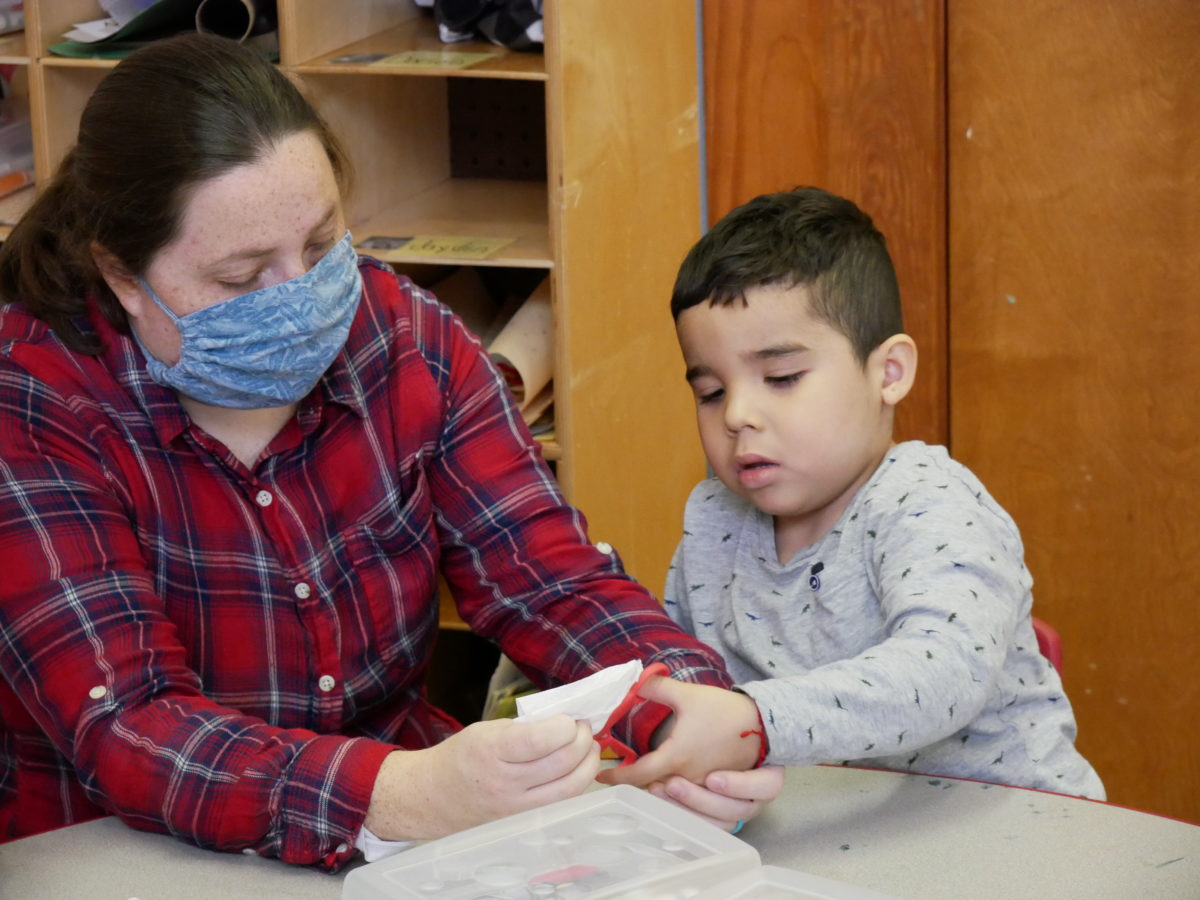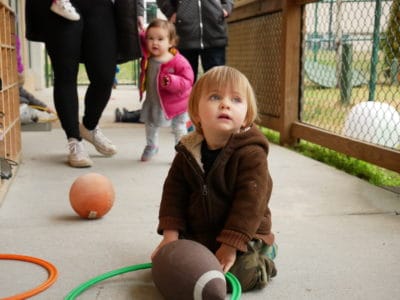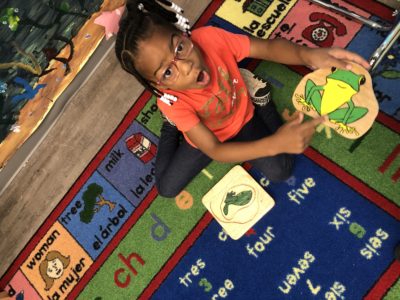
|
|
After a Tennessee study found negative long-term academic and behavioral outcomes for pre-K attendees, the results sent waves through North Carolina’s policy conversation.
Some asked whether NC Pre-K, the state’s preschool program for 4-year-olds in low-income families and other eligibility categories, was worth sustaining and expanding. In recent years, the program has reached about half of eligible children, or a quarter of all 4-year-olds — excluding a large drop in attendance during the pandemic.
This week Sen. Michael Lee, R-New Hanover, and SAS CEO Jim Goodnight defended the program in an editorial in The News & Observer. They pointed to research that shows NC Pre-K’s academic and social benefits lasting into middle school.
“Some are suggesting we reconsider whether NC Pre-K should continue at all,” Lee and Goodnight wrote. “In North Carolina, the data clearly signals that the answer is a resounding ‘yes.’”
Early childhood researchers largely agree. They say our policy conversations should not focus on whether the state should provide pre-K, but on how.
Which skills are fading?
Pre-K’s positive effects fading over time, or, in the case of the Tennessee study, pre-K attendance resulting in poorer student outcomes, led a group of researchers including Peg Burchinal, a professor at the University of Virginia’s school of education and human development, to ask why.
Could it be that programs with these results aren’t focusing on the right skills? Could it be that early elementary experiences hinder pre-K attendees more than non-attendees? Is the fade-out due to an overlap in skills taught in kindergarten with those in pre-K?
Burchinal studied NC Pre-K attendees and non-attendees in rural southeast North Carolina in a 2021 study and found that, by the end of kindergarten, some pre-K gains faded more than others. Students’ gains in reading had almost vanished by the spring of their kindergarten year, for example. Their math and language gains had slightly decreased. But their gains in executive functioning had increased.
So the researchers lean toward the “trifecta” hypothesis to explain fade-out: “that long-term impacts only occur when Pre-K programs target the skills that uniquely support subsequent learning and development,” the paper says.
The researchers argue that more abstract skills, such as language and executive functioning (like adaptable thinking and self-regulation), are less likely to lead to fade-out, and are more developmentally appropriate.
Why?
The researchers then looked at classroom practices to find out which ones seemed to promote less fade-out. The study found 35% of children’s pre-K experiences were spent in large group activities, 25% in literacy instruction, 15% in math, and 4% in “complex teacher talk.”
Burchinal’s main conclusion? “Teaching rote skills in pre-K is ineffective,” she said during a Duke Sanford School of Public Policy lecture Tuesday. The study found that large-group instruction was the strongest negative predictor of such skills as language, decoding, math, and inhibitory control and attention.
If abstract skills are the goal, Burchinal said, limiting large-group instruction to 10 minutes or less and increasing “complex teacher talk” in small groups or between the teacher and individual children are important.
Getting the balance right
But a high-quality program might not need to choose between academics and abstract skills, said Sandra Soliday Hong, advanced research scientist at the Frank Porter Graham Child Development Institute at UNC-Chapel Hill.
“It’s not that false dichotomy of academic versus play,” Hong said in an interview with EdNC.
The question of Pre-K’s most effective focus is particularly relevant for classrooms across North Carolina this year, as state-mandated training rolls out, aimed at improving knowledge and practice in teaching children to read among teachers from pre-K through fifth grade. Literacy instruction was the most common academic focus in the pre-K classrooms in Burchinal’s study.
“I asked whether this time could be used more productively in trying to promote some of these more abstract skills that do not seem to be promoted as well once children get to school,” Burchinal said.
Yet some rote literacy instruction is important for students who might have more difficulty learning to read, Hong said.
“Estimates for kids who are likely to struggle learning to read are between 11 and 20%, and so those kids need direct rote instruction, and especially during the period of time when neural architecture around letter-sound correspondence is being built by their peers,” Hong said. “They need that support to be able to move along with their peers neurologically. So we could be leaving behind two to four kids in every classroom if we don’t do that.”
Hong said fade-out shouldn’t be a large concern for NC Pre-K, but that there’s room for improvement when it comes to developmentally appropriate content instruction — particularly in increasing child-teacher interactions in a research-backed way.
“We aren’t quite there yet,” she said. “And that’s reflective of the field in general.”





